Operation Pedestal: 3–15 August 1942
Operation Pedestal was the most important convoy to set sail and supply Malta with needed supplies. At this point in time, Malta was on the verge of losing all capability of resisting Axis air attacks. Its oil supply had run to dangerously low levels and ammunition was scarce. The 14 ship convoy consisted of the Ohio, Santa Elisa, Almeria Lykes, Wairangi, Waimarama, Empire Hope, Brisbane Star, Melbourne Star, Dorset, Rochester Castle, Deucalion, Glenorchy, and Clan Ferguson.
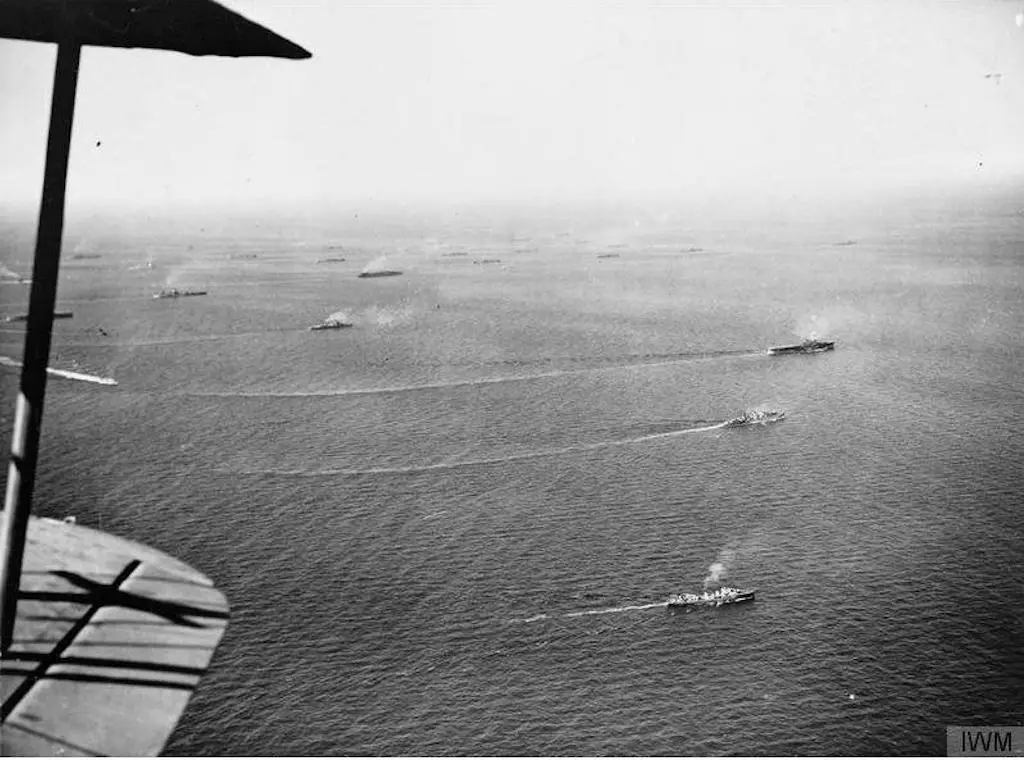
The convoy as seen from the air.
The Axis knew the importance of this convoy, and already made plans to ensure that it never reached its intended destination. A total of 700 Axis aircraft were stationed in Sardinia and Sicily specifically for this attack, including 18 Italian submarines patrolling the expected route, Italian E-Boats (Motosilurante) and Torpedo Armed Motorboats (Motoscafo Armato Silurante) were also on station as well as three German U-boats.
On August 10, the convoy of 14 ships, protected by heavy escort Force Z, consisting of two battleships (Flagship Nelson and Rodney), and three aircraft carriers Indomitable, Victorious and Eagle (carrying a total of 46 Hurricanes, 10 Martlets, and 16 Fulmers), passed through the straits of Gibraltar. Their main escort comprised of three anti-aircraft cruisers (Charybdis, Phoebe, and Sirius) and 14 destroyers. The convoy would be escorted by Force X comprised of the heavy cruiser Nigeria, Kenya and Manchester, anti-aircraft cruiser Cairo and 11 destroyers once Force Z turned back.
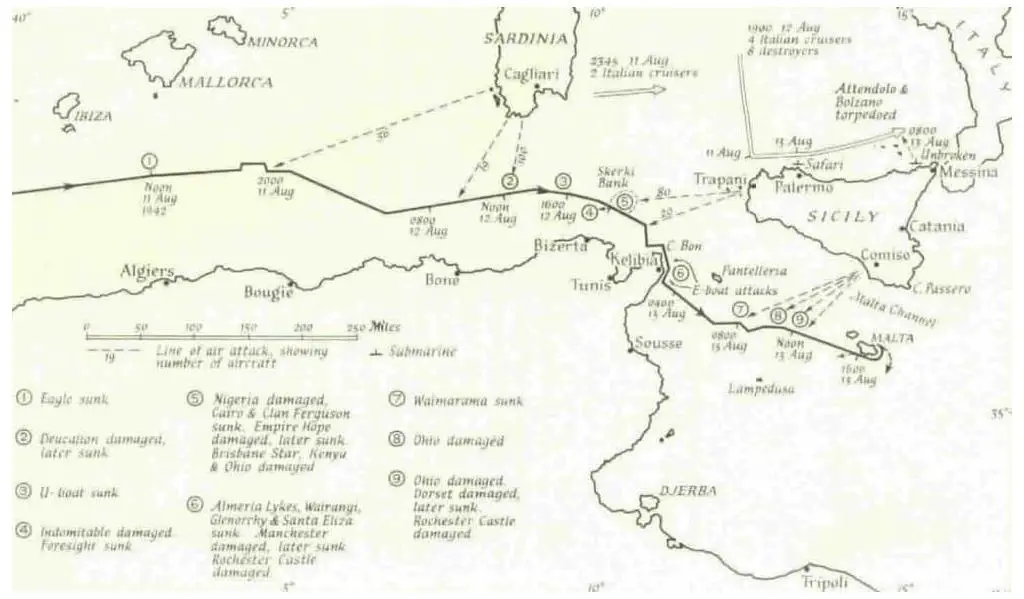
Operation Pedestal route indicating were major attacks occurred.
The Attack Begins
The initial sighting occurred on 11 August by the Italian submarine Smg. Uarsciek, which attacked it without causing any damage. However, the entire Axis force became aware of the location of the convoy.
One of these vessels included the U-73 German U-Boat. It managed to get near the escorting warships and sink the aircraft carrier Eagle. Only four aircraft could be saved and 200 men went down with the ship. That evening, once the convoy came within reach of land-based aircraft, German Junkers 88 and Heinkel torpedo planes attacked the convoy. But this time, no damage was instilled.
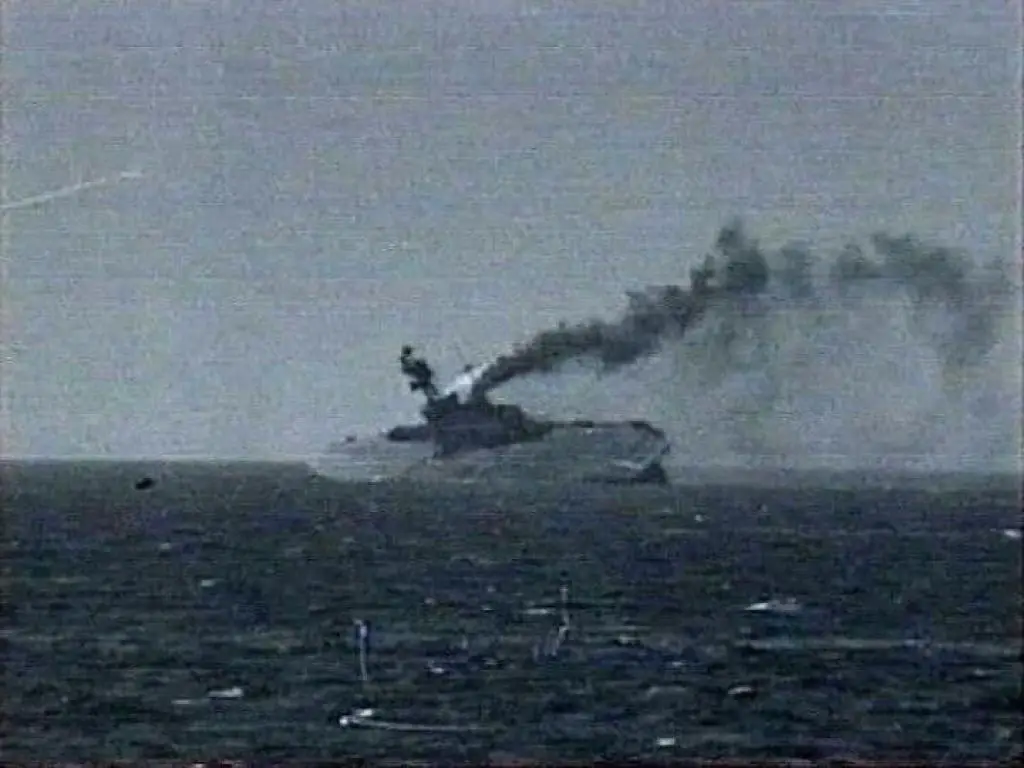
The HMS Eagle sinking after being hit by torpedoes.
Failed Use of the Motobomba FFF
On the afternoon of 12 August, five waves of Axis planes attacked the convoy, the first wave consisted of Savoia Bombers, escorted by Macchi fighters and fighter-bombers. This attack utilized a new weapon called the Motobomba FFF, an Italian invention in which a highly explosive bomb is dropped with a parachute in a zigzag descent. The bomb’s purpose is to disrupt the convoy and force them to break into separate directions for easier destruction.

English language diagram of the Motobomba FFF.
Unfortunately, this weapon only works in close range and the Savoia bombers dropped it too early and too high. The convoy quickly regained its formation.
Successive Waves of Attack
The second wave consisted of 40 torpedo bombers that were not able to strike the convoy effectively because of the fighter air cover and the immense anti-aircraft fire. The third wave included German Dive Bombers which managed to sink the first convoy ship Deucalion. The Fourth wave was another Italian weapon, a remote operated CANT Seaplane loaded with explosives. The remote aircraft was another failure due to the remote operations failing. The aircraft eventually exploded over North Africa.
The final wave consisted of two Italian Reggiane fighters, which were not met by enemy fire (perhaps because they resemble Hurricanes). Each dropped a heavy bomb on the HMS Victorious. One narrowly missing the bow and the other landing square on the flight deck. The crew felt relief and the pilot understandably frustrated when it failed to explode. In the evening, Italian submarine Emo received damage from depth charges and Italian submarine Ithuriel sank.
Torpedo Bombers Strike
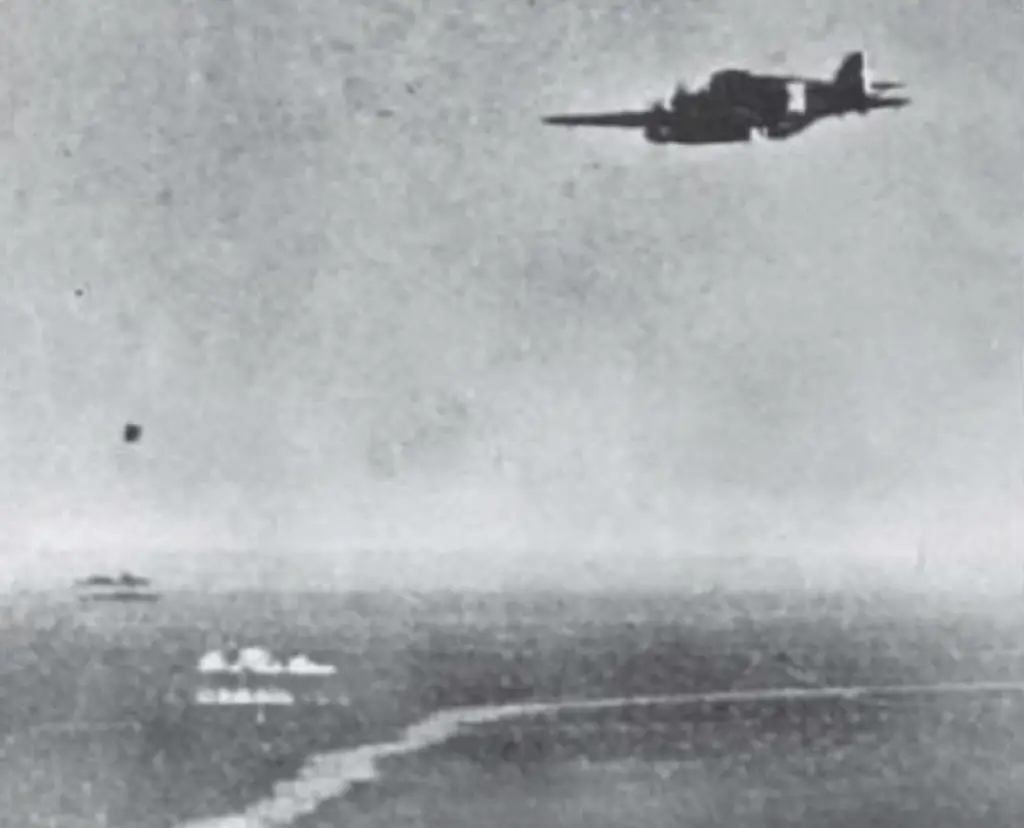
A 132° Gruppo Savoia-Marchetti SM.79 approaches the Operation Pedestal convoy destined for Malta. The sinking of the HMS Foresight was credited to three SM.79’s in this attack.
The final attack of the evening was the most successful for the Axis. A group of Savoia Torpedo Bombers and Stuka dive-bombers were finally able to get close enough to the ships to attack. It became a chaotic scene as the Savoia’s dropped their torpedoes in the water and the Stukas dive-bombed the Victorious. The damaged flight deck forced her aircraft to divert to the Indomitable, already burdened with extra aircraft by the loss of the Eagle. By the end of this raid, the HMS Foresight sank due to heavy damage from three SM.79s.
When it was all over, Force Z broke from the convoy and returned west. Force X took over.
Italian Submarines Strike
At 1945 hours, the cruiser Nigeria, under the command of Admiral Burrough, was the first to enter the Skerki Channel, followed shortly by the Cairo. Waiting for them there was the Smg. Axum commanded by LT. Renato Ferrini and the Smg. Dessie. At 7:55 P.M. both Italian submarines fired their full load of torpedoes. Nigeria received a hit amidships and the Cairo received a hit aft, destroying her screws and sinking. The tanker Ohio obtained a hit amidships in this attack.

The tanker Ohio hit by a torpedo from the Italian submarine Axum during Operation Pedestal.
Lt. Puccini, commander of the Smg. Alagi joined the attack and torpedoes Kenya.
Coordinated Aerial Attack
A coordinated aerial attack followed, possibly hitting the Brisbane Star and sinking the Clan Ferguson. It is unknown if they received hits by a submarine or aerial attack. A dive bomber hit the Empire Hope and the crew ultimately abandoned her. Nigeria, the flagship of the convoy, was no longer capable of escorting the convoy. Admiral Burrough ordered her back to Gibraltar and he assumed command onboard the destroyer Ashanti.
Italian E-Boats Strike
Off of Cape Bon, in the middle of the night, Italian E-Boats launched their attack on the convoy. Their first victim was the cruiser Manchester, which became immobilized after a direct hit by two torpedoes. She had to be scuttled the next day. The Almeria Lykes, Glenorchy, Santa Elisa, and the Wairangi met the same fate as the Manchester. Burning fuel and glowing metal lit the moonless night. Italian E-Boats sank five ships that evening.
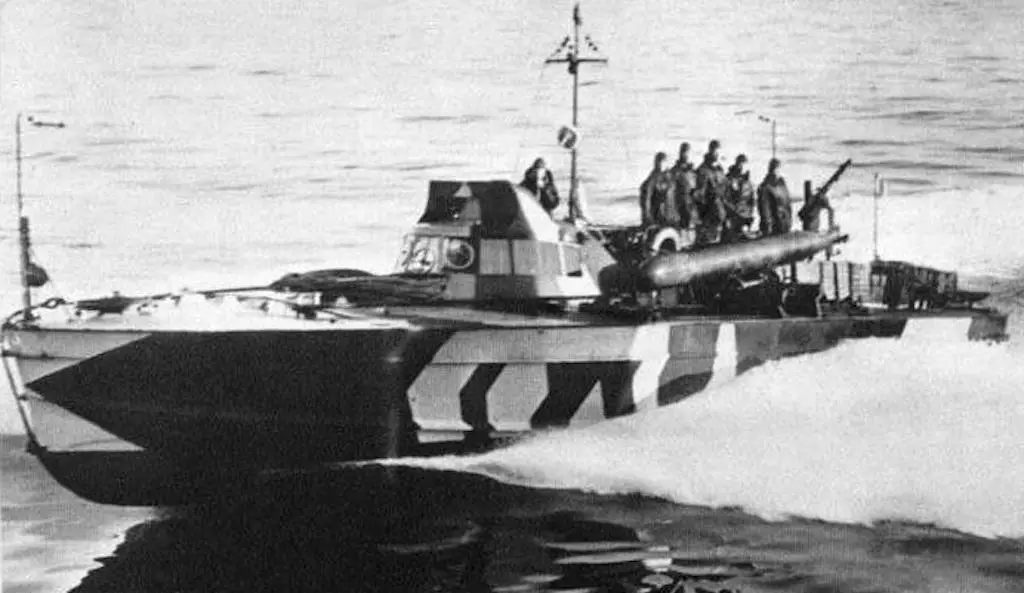
A camouflaged Motoscafo Armato Silurante.
The next morning, some 200 miles west of Malta, a final attack by Junkers 88 claimed the Waimarama and damaged other ships. One of the targets included the crippled Ohio, already damaged by an Italian submarine attack. The Dorset received a hit a few hours later and eventually sinks.
Remnants of the Convoy Arrive in Malta

The severely damaged tanker Ohio arrives in Malta supported by two Royal Navy destroyers at the conclusion of Operation Pedestal.
Finally, on August 13, The Port Chalmers, Rochester Castle, and Melbourne Star, followed behind by the severely damaged and most important merchant ship Ohio, made port in Malta. Three destroyers barely kept Ohio afloat.
The successful arrival of the tanker Ohio provided Malta with 10,000 tons of much-needed fuel to which would allow Allied aircraft and submarines to continue operating in Malta.
